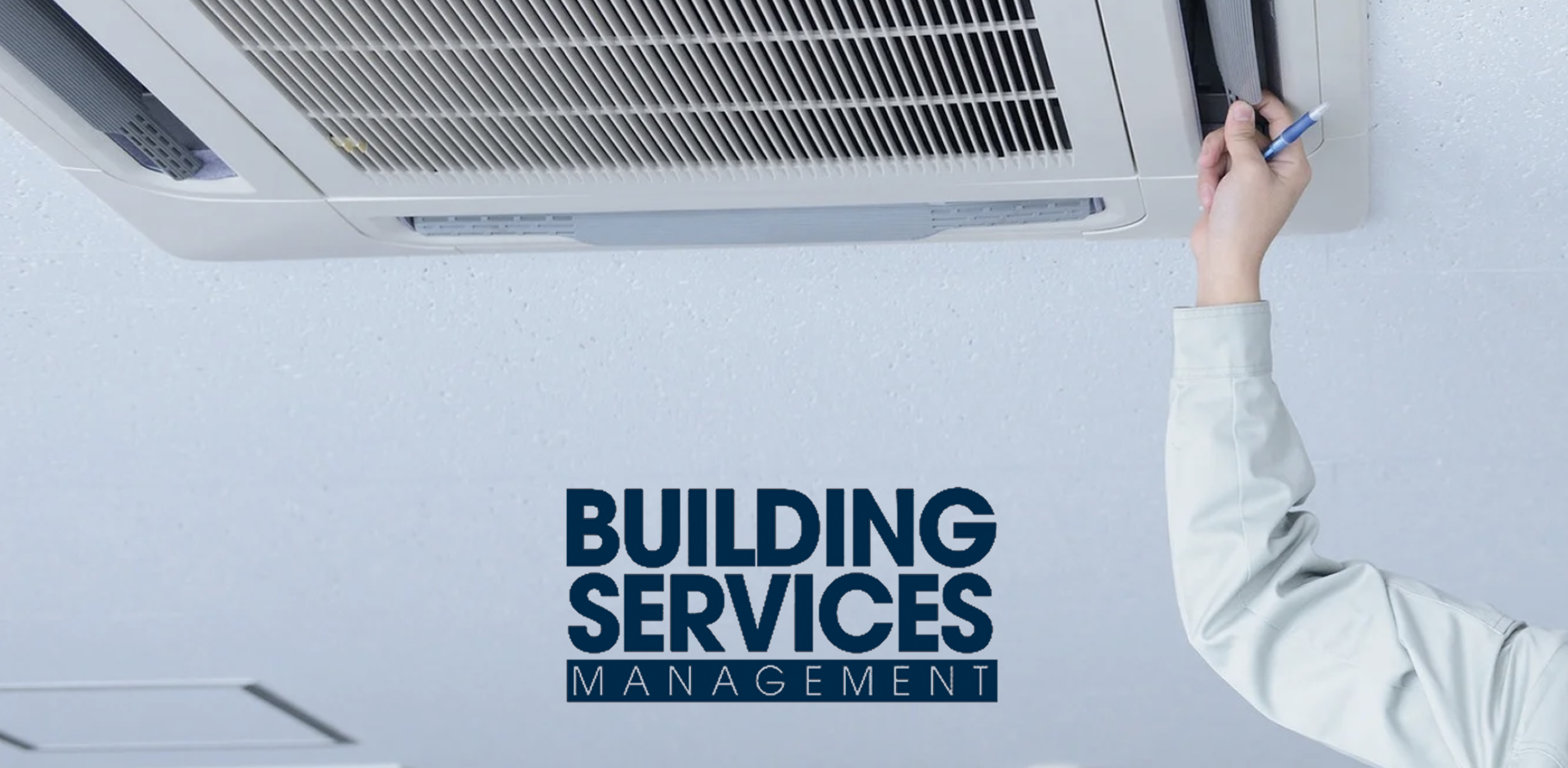As Insurance Costs Soar, Leak Detection Floods the Proptech Space
Connected devices in apartment buildings can quickly pay for themselves
Connected devices in apartment buildings can quickly pay for themselves
Strike one for The Alexander came in 2017. A real estate agent forgot to close a balcony door at the Upper East Side condominium, causing a pipe to freeze and burst. Twenty units flooded. Strike two came in 2022 when another pipe burst. Only 13 units were affected, but repairs cost about $3.5 million. When the insurance renewal came, the condo board learned you don’t get three strikes.


“They jacked up our rates from $150,000 a year to $850,000 a year,” said Neal Davis, the board president. “We found out about the increase the day the policy expired. We had no choice but to sign it.”
Insurance premiums have soared across the board, but properties with multiple large claims have their own category of shame — what the industry calls “sick buildings.”
Their challenge is not about getting an affordable premium, said Craig Barnet of MSG Risk Management and Insurance Consulting; “It’s being able to get insurance in the first place.” Just like certain carriers avoid high-risk markets, top insurers don’t cover sick buildings, forcing owners to alternative carriers with higher costs and poorer service.
“We were in the excess insurance market,” Davis said of the Alexander, a 26-story, 75-unit building at 250 East 49th Street. “No one wanted to cover us.”
His board hired a new insurance broker and took several steps, such as amending the bylaws to make individual owners responsible for repairing their units in the event of a large loss.
Most importantly, the building had to reduce the chance of another disaster. Fortunately, technology has advanced greatly in that area.
Read more on The Real Deal
Strike one for The Alexander came in 2017. A real estate agent forgot to close a balcony door at the Upper East Side condominium, causing a pipe to freeze and burst. Twenty units flooded. Strike two came in 2022 when another pipe burst. Only 13 units were affected, but repairs cost about $3.5 million. When the insurance renewal came, the condo board learned you don’t get three strikes.
“They jacked up our rates from $150,000 a year to $850,000 a year,” said Neal Davis, the board president. “We found out about the increase the day the policy expired. We had no choice but to sign it.”
Insurance premiums have soared across the board, but properties with multiple large claims have their own category of shame — what the industry calls “sick buildings.”
Their challenge is not about getting an affordable premium, said Craig Barnet of MSG Risk Management and Insurance Consulting; “It’s being able to get insurance in the first place.” Just like certain carriers avoid high-risk markets, top insurers don’t cover sick buildings, forcing owners to alternative carriers with higher costs and poorer service.
“We were in the excess insurance market,” Davis said of the Alexander, a 26-story, 75-unit building at 250 East 49th Street. “No one wanted to cover us.”
His board hired a new insurance broker and took several steps, such as amending the bylaws to make individual owners responsible for repairing their units in the event of a large loss.
Most importantly, the building had to reduce the chance of another disaster. Fortunately, technology has advanced greatly in that area.
Read more on The Real Deal
Insights, innovations and updates from the ProSentry Knowledge Base
.jpg)
How one Northeast condo saved $100,000 in insurance and prevented several leaks using ProSentry’s smart monitoring system.

Water damage incidents, gas leaks, and mechanical failures share a common trait: they often announce themselves outside of business hours. In many buildings, detection systems for these risks may not exist, or if they do, they may be spread across separate platforms that don't communicate with each other.
.jpg)
How one Northeast condo saved $100,000 in insurance and prevented several leaks using ProSentry’s smart monitoring system.
Explore the Knowledge Base